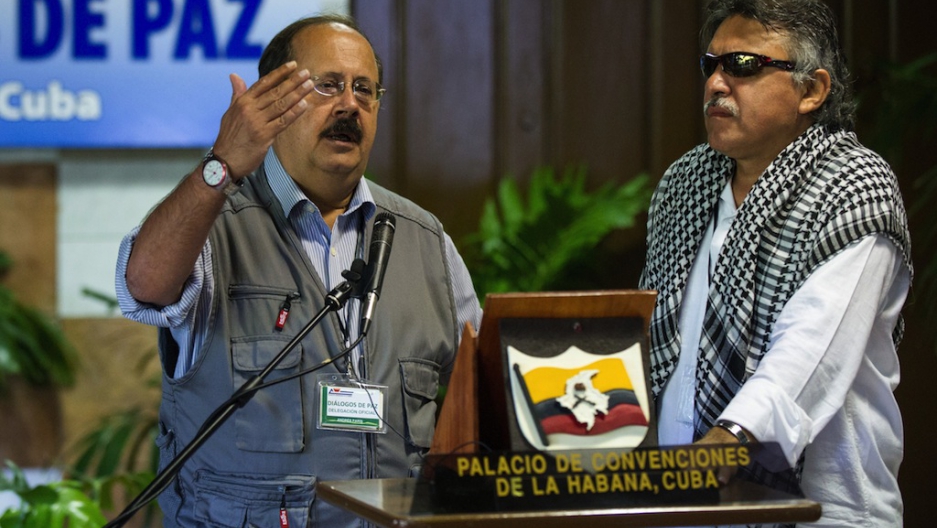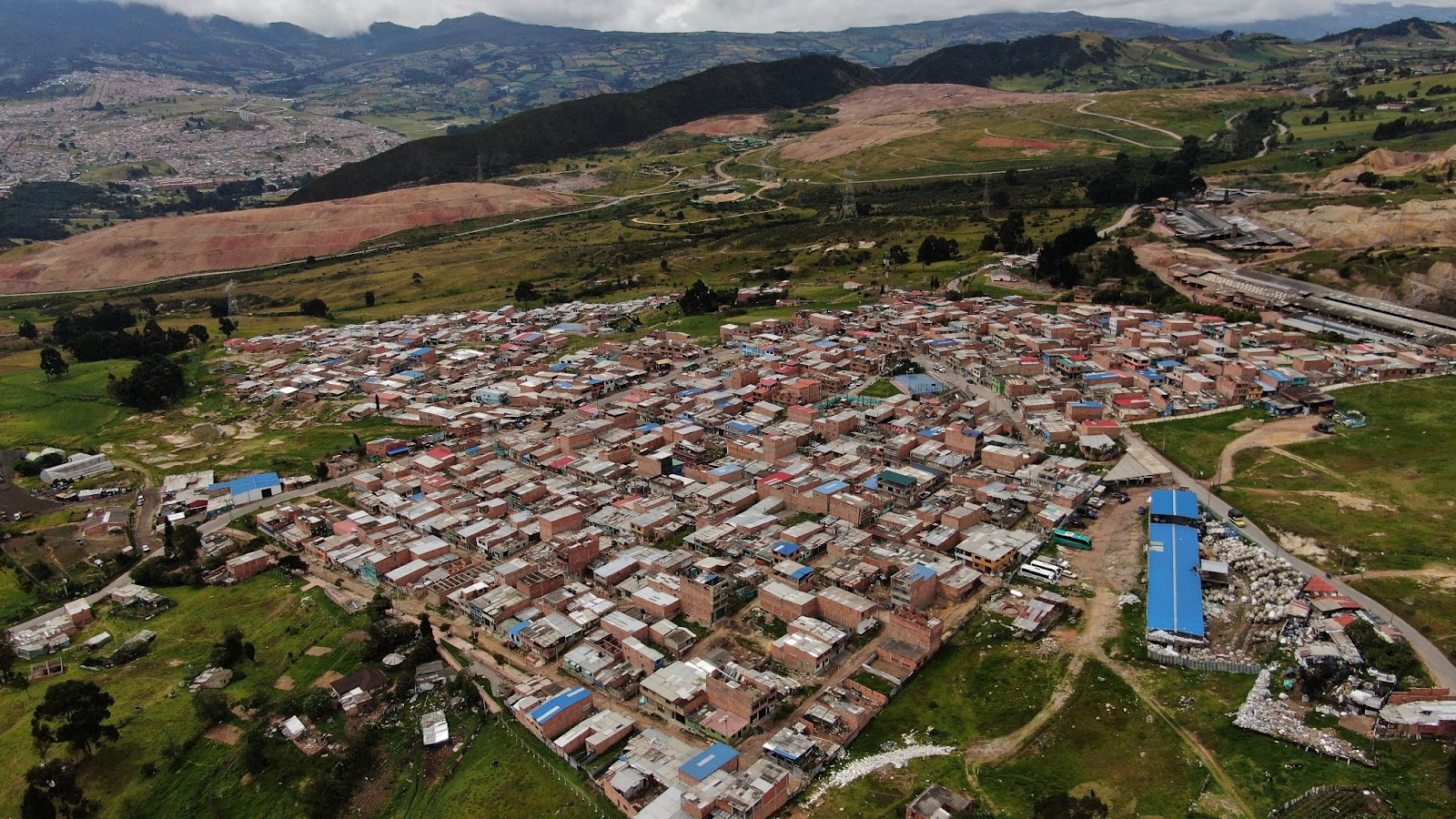 Everybody’s watching the Colombians in this year’s Giro d’Italia – for the favourites like Quintana and Uran, for Henao who is the youngest competitor and because Colombia has another unique feature: this year Colombia Pro Cycling is the only national team competing.
Everybody’s watching the Colombians in this year’s Giro d’Italia – for the favourites like Quintana and Uran, for Henao who is the youngest competitor and because Colombia has another unique feature: this year Colombia Pro Cycling is the only national team competing.
Get all you need to know with our Giro special –
Colombia’s Giro Heroes – Take a look at the country’s top cyclists
Setting The Stages – A breakdown of the stages, and where Colombians might do well
Colombia Pro Cycling – A brief history of cycling in Colombia
With the Giro already under way, The Bogotá Post guide tells you everything you need to know about this year’s event – the cyclists to watch, previews of the stages, and a handy beginners guide…
Imagine cycling up the steepest and longest hill you’ve ever climbed. And then free-wheeling for a bit and having to cycle up another hill that is longer and steeper than the first. And then skidding off your bike, and continuing up yet another hill bleeding and in pain. Imagine doing it in the rain and the snow. Now imagine finishing, and getting up tomorrow and doing the same – for the next day, and the next and the next – for 20 days!
All elite sport is tough, but cyclists in the Grand Tours (Giro d’Italia, the Tour de France and Vuelta de España) are some of the toughest athletes you will find. And it’s not just about physical endurance – the giro is about mental endurance, clever team tactics, stress resistance and pure guts.
While it may look like a bunch of guys cycling as fast as they can, there’s a whole chess game’s worth of tactics involved in knowing when to break away, which stage wins to targets. Each team is made out of nine riders, two of whom are usually the team’s heroes with hopes of winning a stage – or finishing high up in the table. The rest of the team support, by carrying food and water, by taking it in turns to provide a draft to the stronger cyclist and to try to be in the decisive break to get the sponsor some television promotion.
The highest honour during the Giro d’Italia is to win the whole event. But there are plenty of smaller victories to be had along the way: ‘La maglia rosa’, the pink jersey is worn each day by the leader in the general classification and finally for the winner of the event. A stage win is very important for the teams, as that means a lot of interest and promotion for the sponsor as well as a kiss from the two carefully picked Giro misses.
The blue jersey is for the cyclist that obtains the most points on the mountaintops. It is often picked up by an adventurous cyclist rather than one of the favourites as lots of mountains are in the middle of the stage where the favourites will be busy competing with each rather than the other cyclists in the break.
There is the red jersey for the most points in stage finishes and sprints. Finally, the white jersey is for the best youngster in the Giro: the best in the general classification under 25 years of age. The Colombian favourite Quintana is still in the running to win this one on top of the pink jersey.
Words you will hear:
Peloton (Also called the pack, bunch or field) is the main group of riders. You will see that they ride closely together, taking it in turns to lead with the others drafting behind.
When a rider or group of riders move out in front of the peloton, it’s called a break or breakaway. Other groups can then try to catch the breakaway, by making a counter attack. Finally, the peloton will reel in the break in the final kilometres.
When people fall off the back of the peloton, it is called a drop. If cyclists fall so far back or are too injured to continue, they are picked up by a broom wagon.
Multi day races such as the Giro d’Italia are divided into stages. Different stages suit different types of cyclist – most of the stages are straightforward races, some feature different degrees of climbs, some will have uphill finishes, some are pancake flat. Obviously different cyclists are stronger in different stages. In this year’s giro, there are three time trials: a team time trial, in which the strongest team in the flat stage finishes on top and two individual time trials which are races against the clock with no drafting or team tactics.
Because of the multiple jerseys and issues, each day is a self contained mini-drama with many subplots that contribute to the overall narrative. First off, a bunch of small teams (hola Colombia Pro Cycling!) will get in the break in order to make the sponsors happy with the cameras on them. Then there will be a battle for sprint and/or mountain points at various intermediate intervals. Things are further complicated by which teams are represented in the break of course, as no-one will hunt down their team-mate. Of course, anyone wearing pink will be keeping an eye on people who could wrest the jersey from his shoulders and the favourites will all be watching each other. Finally, if there’s a chance of a sprint, watch the way that the sprinters teams faff about trying the others to put in the energy to hunt down the break, before eventually hammering to the finish at 60 plus kph.
There are several types of cyclist, which are fairly self-explanatory. Sprinters are very fast in the last couple of hundred meters. Climbers climb, descenders are strong in descent and all-rounders are good at both time trialling and climbing. A domestique is someone whose role it is to work for the other riders in their team and a super-domestique is a captain’s right hand who sacrifices himself completely for his captain but is good enough as well to play a main role in general classification.
Cadence: Is the term often used in Jazz for rhythm. For cyclists it is the rhythm in which the cyclist is pedalling over the roads in Italy, or other places during other rounds.
Drafting: is a team strategy used by a group of cyclists working together to use each other’s aerodynamics. Either in a break to get away from the peloton or from the peloton to go in the counter-attack. The cyclists will go nose to tail to spend as little time as possible up front with the wind full on.
Pursuant: Not the nicest position in a race. A pursuant or group of them are the ones breaking away from the peloton to catch up with a break before them. It usually consists of the cyclists from teams that missed the first break and now have to expend a lot more energy to become part of the first group.
Doping: Well… we had to mention it somewhere! Unsurprisingly, given the harsh conditions and high levels of endurance, elite cycling has been dogged by doping scandals and problems. While cycling has been working hard to clean up its act, the shadow of drugs is never far away, especially when a number of the lead competitors in this year’s event have admitted to doping during the dark old days. ‘The peloton is cleaner than 10 years ago’ is an oft-heard phrase within the elite but still, every year yet more cyclists get caught for abusing their own body with substances that can create serious health risks in later stages of life.
By Freek Huigen


